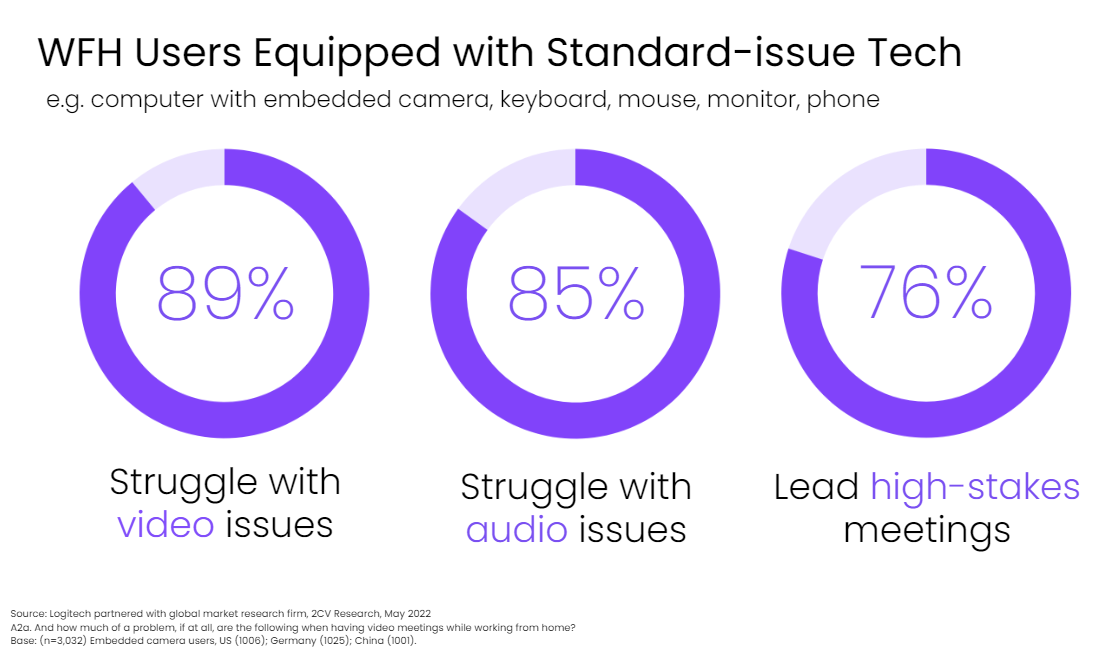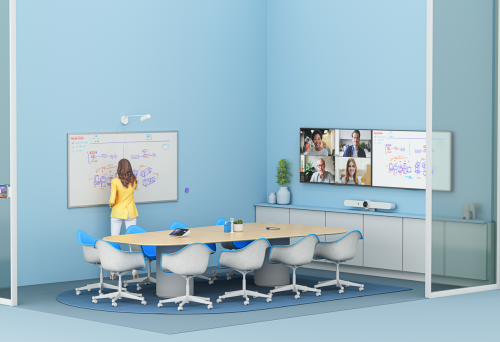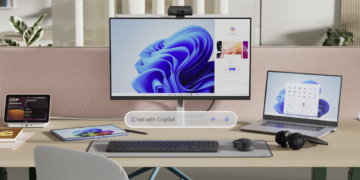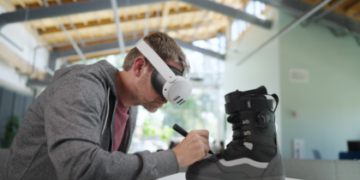A couple of years ago, when the world suddenly shifted from office to remote work, most people brought their devices home to set up makeshift workspaces. Most were equipped with laptops, mice, keyboards, monitors, or other specialized equipment based on their job function. Some companies invested significantly in providing webcams, headsets, increased broadband, or even furniture to support their employees during the pandemic.
However, most organizations assumed that employees and their managers would request any additional equipment needed. Through conversations with enterprise IT and HR leaders, it’s become clear that most companies recognize the need to invest differently in employee hardware for hybrid work, but the timing and planning considerations have shifted or been deferred along with delays in returning to physical offices.
In recent research we conducted with market research firm, 2CV Research, we explored the attitudes and needs of over 3,000 people working from home with (mostly) basic computing and communication devices—laptops or desktops, mice, keyboards, and/or monitors. We discovered that an astounding 89% are struggling with video issues such as unflattering camera angles, poor lighting conditions, and field of view limitations. Further, 85% are struggling with audio issues that modern headsets, earbuds, or collaboration docks can easily address.
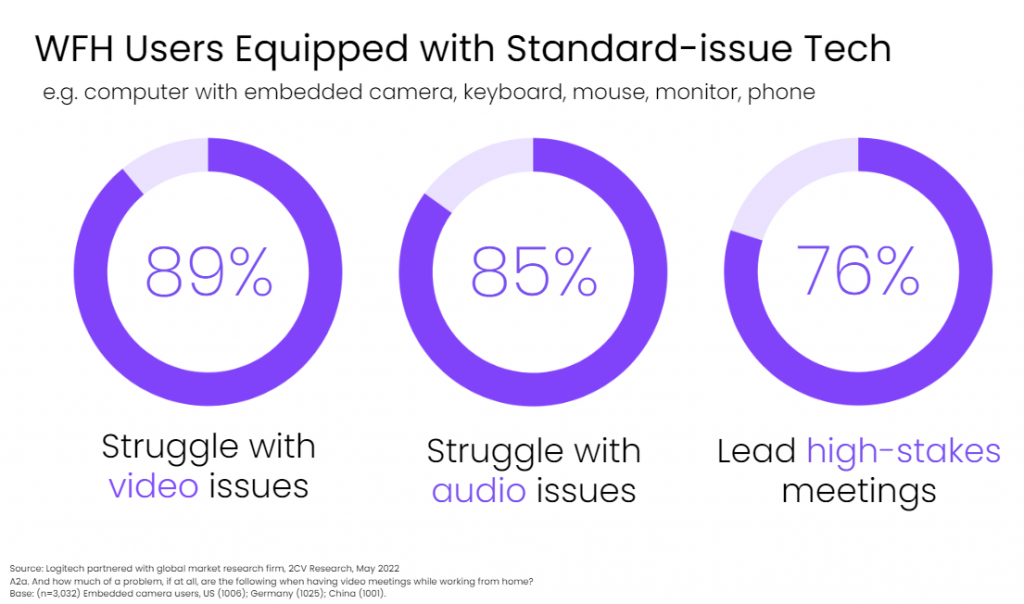
We believe from this and other studies that employees aren’t reporting the issues they are experiencing. Why? Because they aren’t aware that better solutions exist.
The data show us that employers are willing to provide new hardware to employees who request it, but at the same time, employees are not requesting new hardware, even though they need it. The result is that most remote or hybrid employees are underquipped in these early years of hybrid work.
As work has permanently changed, so have the needs of the workforce. Standards established in the communication and productivity era need to be revisited and evolved for video-first collaboration.
We will soon be sharing a full report of our findings from the research study mentioned above, to shed more light on the remote worker experience.

